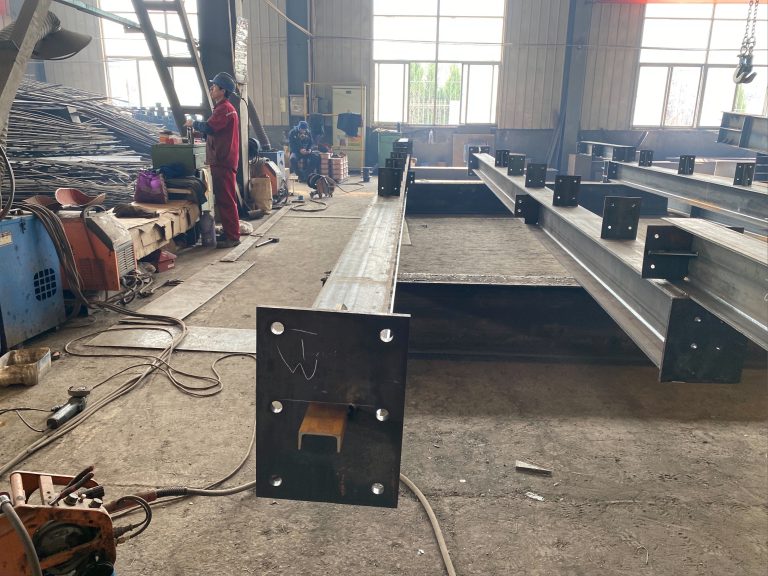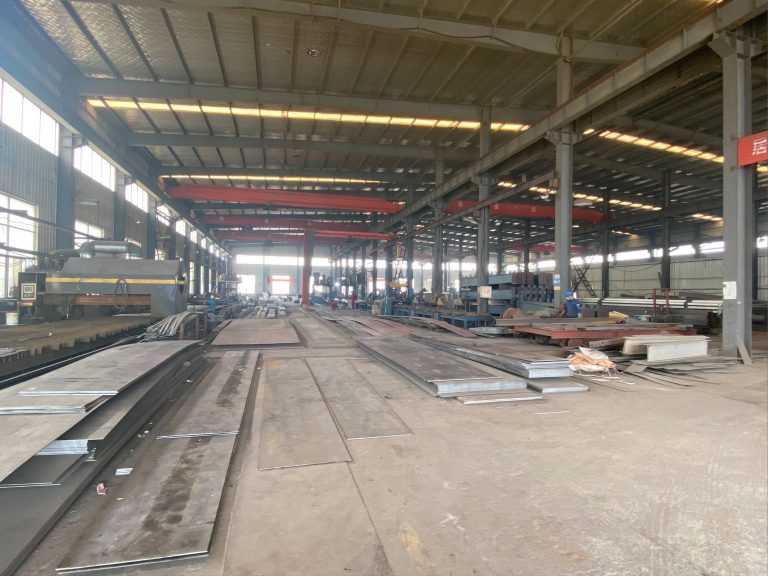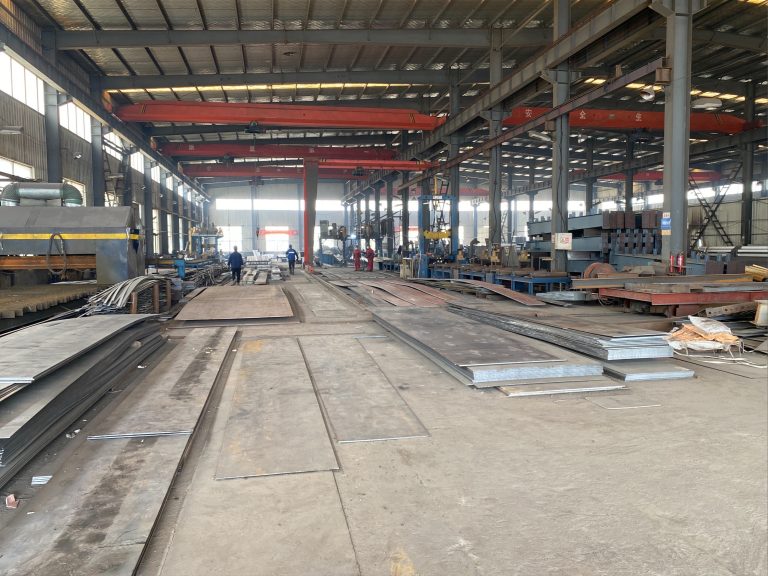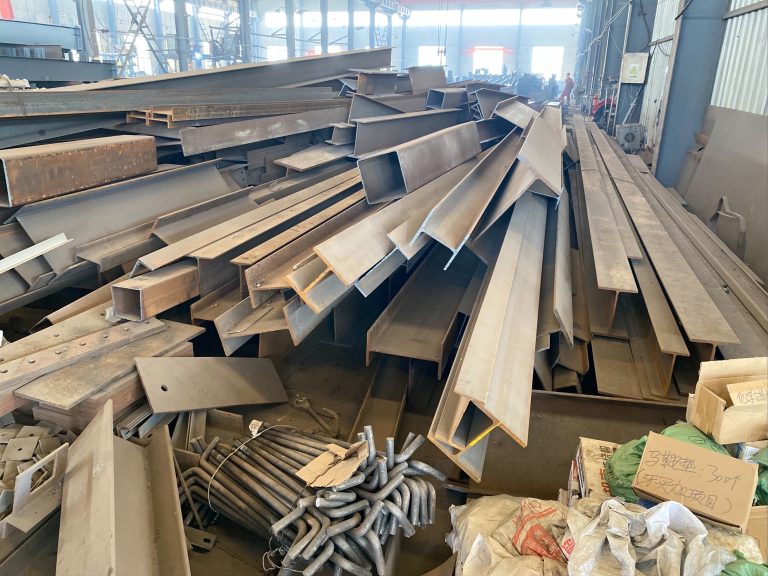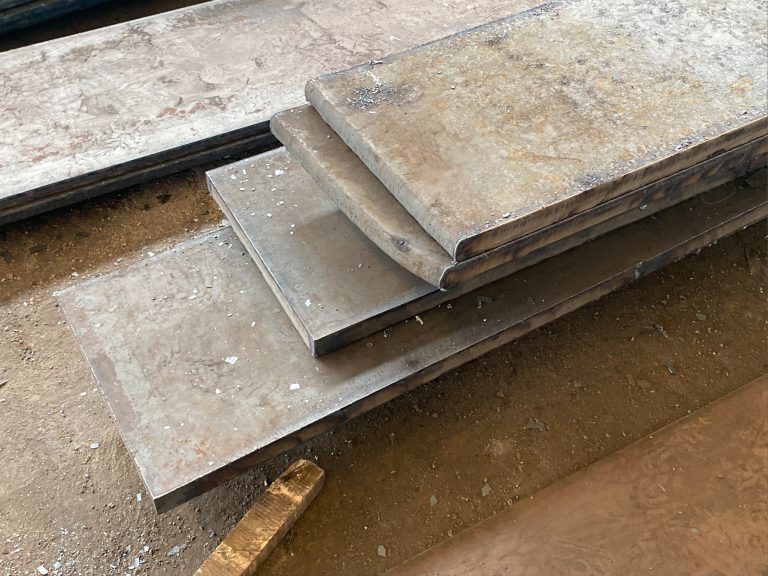What are the advantages and disadvantages of welded connection and bolted connection in steel structure connection? In what cases do you prefer to use one or the other?
Table of Contents
Advantages and Disadvantages of Welded Connection in Steel Structure Connection
Steel structures are widely used in construction due to their strength, durability, and versatility. When it comes to connecting steel members, two common methods are welded connections and bolted connections. Each method has its own advantages and disadvantages, and the choice between the two depends on various factors such as the design requirements, cost considerations, and ease of installation.
Welded connections involve joining steel members by melting the edges of the materials and fusing them together. This method offers several advantages, including increased strength and stiffness, as the welded joint acts as a continuous connection between the members. Welded connections also provide a clean and seamless appearance, as there are no visible bolts or fasteners. Additionally, welded connections are often more cost-effective than bolted connections, as they require fewer materials and labor to install.
However, welded connections also have their disadvantages. One of the main drawbacks is the need for skilled labor to perform the welding, as improper welding techniques can weaken the joint and compromise the structural integrity of the steel members. Welded connections are also more difficult to inspect for defects, as any flaws in the weld may not be visible without specialized equipment. In addition, welded connections are permanent and cannot be easily disassembled or modified, which can be a disadvantage in situations where the design may need to be altered in the future.
On the other hand, bolted connections involve joining steel members using bolts, nuts, and washers. This method offers several advantages, including ease of installation and disassembly, as bolts can be easily removed and replaced without damaging the steel members. Bolted connections also allow for greater flexibility in design, as they can accommodate changes or modifications to the structure more easily than welded connections. Additionally, bolted connections are easier to inspect for defects, as any issues with the bolts or fasteners can be identified and addressed more readily.
However, bolted connections also have their disadvantages. One of the main drawbacks is the potential for loosening or failure of the bolts over time, which can compromise the structural integrity of the steel members. Bolted connections are also more susceptible to corrosion, as the exposed bolts and fasteners can rust and weaken over time. In addition, bolted connections may require more maintenance than welded connections, as the bolts may need to be tightened or replaced periodically to ensure the stability of the structure.
In general, the choice between welded connections and bolted connections depends on the specific requirements of the project. Welded connections are often preferred in situations where maximum strength and stiffness are required, such as in high-rise buildings or bridges. Bolted connections, on the other hand, are more suitable for structures that may need to be disassembled or modified in the future, such as industrial facilities or temporary structures.
In conclusion, both welded connections and bolted connections have their own advantages and disadvantages in steel structure connection. The decision to use one method over the other should be based on a careful consideration of the design requirements, cost considerations, and ease of installation. By understanding the strengths and weaknesses of each method, engineers and designers can make informed decisions to ensure the safety and stability of steel structures.
Advantages and Disadvantages of Bolted Connection in Steel Structure Connection
Steel structures are widely used in construction due to their strength, durability, and versatility. When it comes to connecting steel members, two common methods are welded connections and bolted connections. Each method has its own advantages and disadvantages, and the choice between the two depends on various factors such as the design requirements, cost considerations, and ease of installation.
Bolted connections are a popular choice in steel structure connection due to their ease of installation and flexibility. One of the main advantages of bolted connections is that they can be easily disassembled and reassembled, making them ideal for structures that may need to be modified or relocated in the future. Additionally, bolted connections do not require specialized labor or equipment for installation, which can help reduce construction costs.
Another advantage of bolted connections is that they allow for a certain degree of flexibility in the structure. This flexibility can be beneficial in structures that are subject to dynamic loads or vibrations, as bolted connections can absorb some of the movement without compromising the overall integrity of the structure. Additionally, bolted connections can be easily inspected and maintained, allowing for quick repairs or replacements if necessary.
However, bolted connections also have some disadvantages that should be considered. One of the main drawbacks of bolted connections is that they are generally not as strong as welded connections. This means that bolted connections may not be suitable for structures that require high levels of strength or stability. Additionally, bolted connections can be more prone to loosening over time, especially if they are not properly installed or maintained.
In cases where strength and stability are paramount, welded connections may be a better choice for steel structure connection. Welded connections are known for their high strength and rigidity, making them ideal for structures that are subject to heavy loads or extreme conditions. Additionally, welded connections are more resistant to fatigue and vibration, which can help prolong the lifespan of the structure.
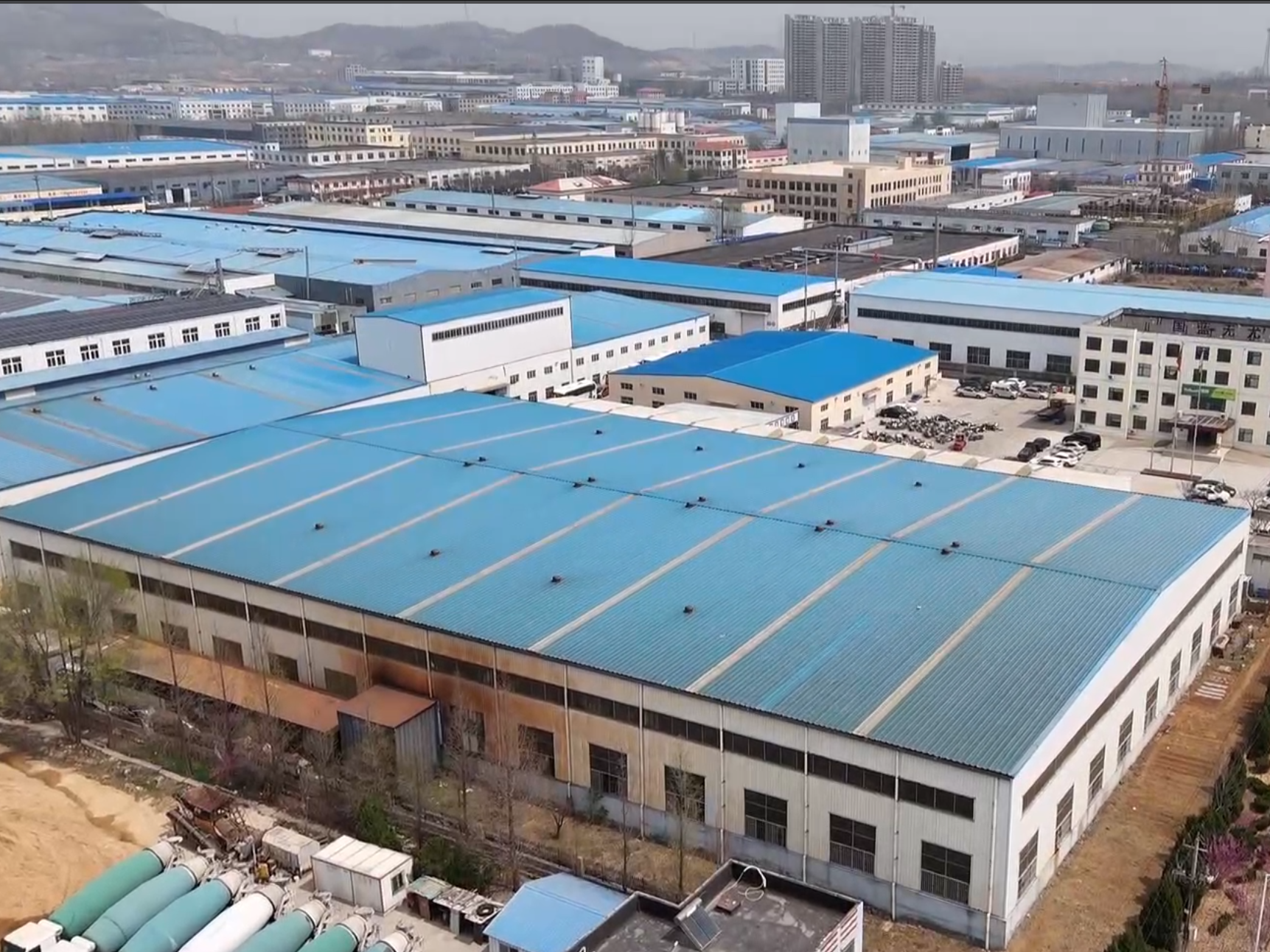
Another advantage of welded connections is that they provide a seamless and smooth finish, which can enhance the overall aesthetics of the structure. Welded connections also eliminate the need for additional fasteners, which can help reduce material costs and simplify the construction process. Additionally, welded connections are generally more compact than bolted connections, which can be beneficial in structures with limited space.
Despite their many advantages, welded connections also have some disadvantages that should be taken into consideration. One of the main drawbacks of welded connections is that they are permanent and cannot be easily disassembled or modified. This can be a significant limitation in structures that may need to be altered or expanded in the future. Additionally, welded connections require specialized labor and equipment for installation, which can increase construction costs.
In conclusion, both bolted connections and welded connections have their own advantages and disadvantages in steel structure connection. The choice between the two methods depends on various factors such as the design requirements, cost considerations, and ease of installation. In general, bolted connections are preferred for their ease of installation, flexibility, and cost-effectiveness, while welded connections are favored for their high strength, stability, and durability. Ultimately, the decision to use one method over the other should be based on a thorough evaluation of the specific needs and constraints of the project.

